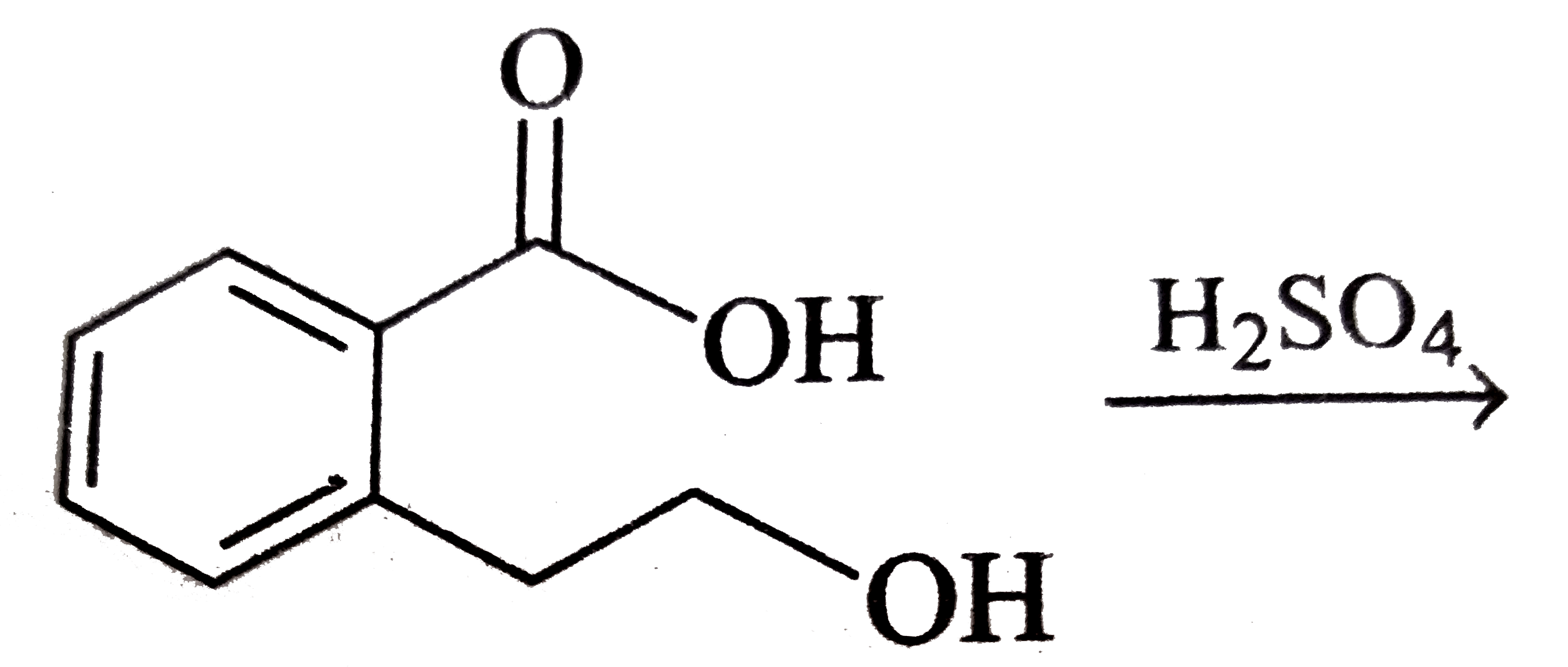Consider the following reaction.

(a) Identify the major product of this reaction.
(b) Write a detailed mechanism showing how the major product is formed.
(c) Clearly explain your choice of major product.
(d) Write a reaction that is similar to the one shown above, but obviously occurs at a faster rate. Support your reasoning.
Text Solution
(a) The major product of this reaction is B.
(b) 
(c) Attack of the π bond on HCl will proceed to give the most stable carbocation. A secondary carbocation with resonance is more stable than a secondary carbocation without resonance. This fact controls the position of the chloride in the final product (regioselectivity). Products (C) and (D) cannot be formed because no water (neither HCl gas nor aqueous HCI) is present to be captured by the carbocation intermediate.
(d) The rate determining step of this reaction is the formation of the carbocation. The more stable the carbocation, the faster is the reaction. Thus, addition to afford a secondary carbocation with more resonance (provided by the benzene ring) will occur more readily. For example,

|
Topper's Solved these Questions
- ALKENES AND ALKYNES IIBOOK - MS CHOUHANCHAPTER - ALKENES AND ALKYNES IIEXERCISE - ADDITIONAL OBJECTIVE QUESTIONS (Single Correct Choice Type)
25 Videos
- ALKENES AND ALKYNES IIBOOK - MS CHOUHANCHAPTER - ALKENES AND ALKYNES IIEXERCISE - ADDITIONAL OBJECTIVE QUESTIONS (Matrix Match Type)
2 Videos
- ALDOL AND CANNIZARO REACTIONBOOK - MS CHOUHANCHAPTER - ALDOL AND CANNIZARO REACTIONEXERCISE - Subjective Problems
3 Videos
- ALKENES AND ALKYNES IBOOK - MS CHOUHANCHAPTER - ALKENES AND ALKYNES IEXERCISE - Additional Objective Questions (Multiple Correct Choice Type)
2 Videos
Similar Questions
Knowledge Check
Identify the major product of following reaction
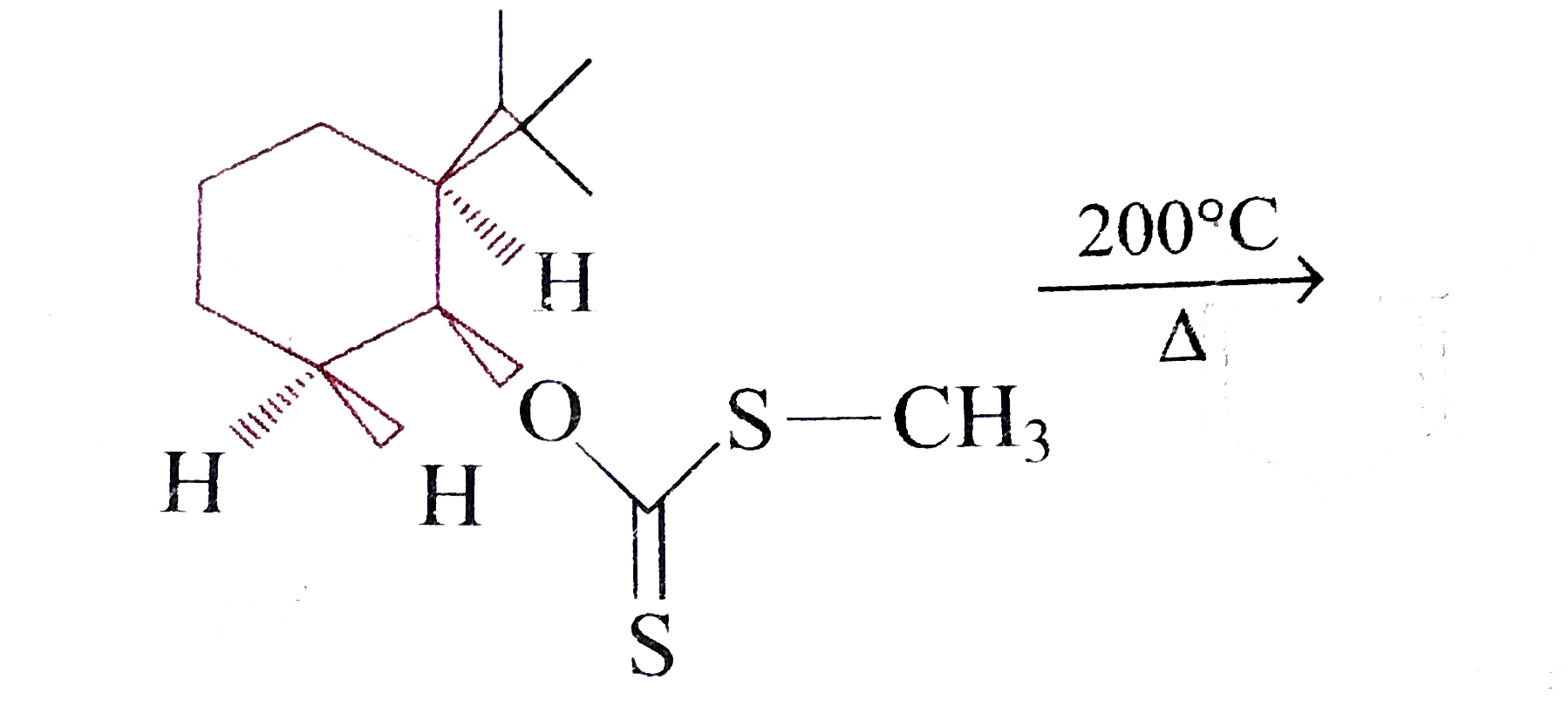 A
A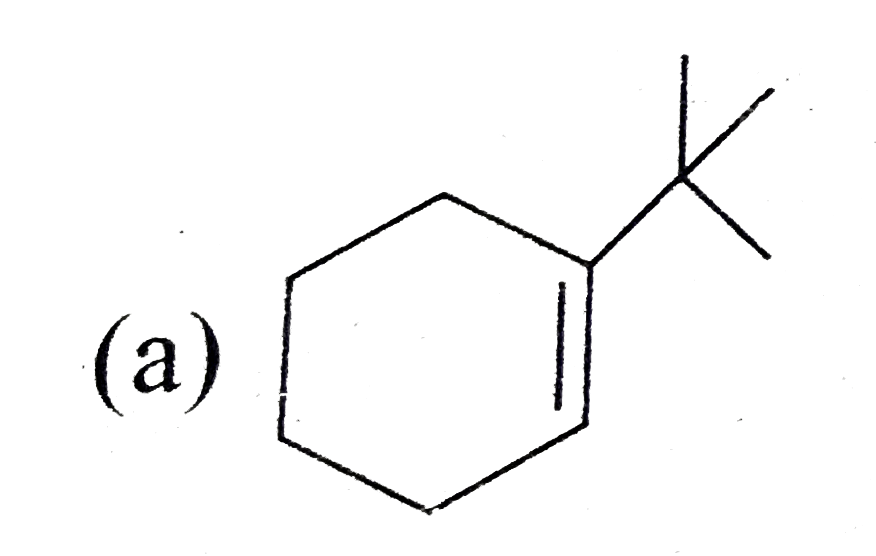 B
B C
C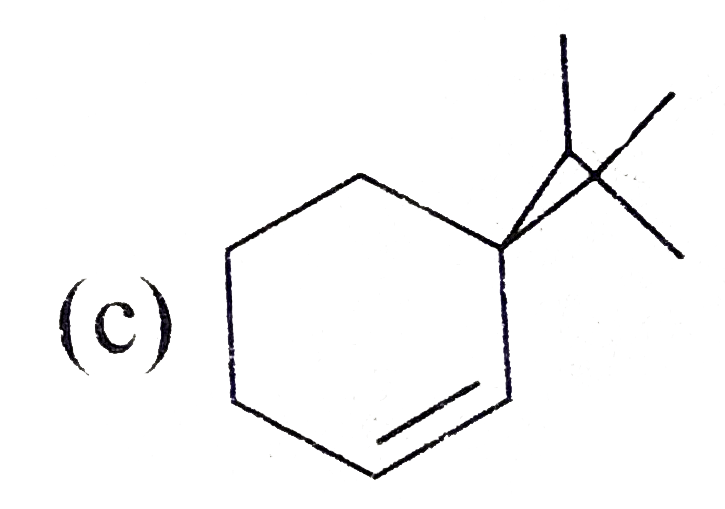 D
D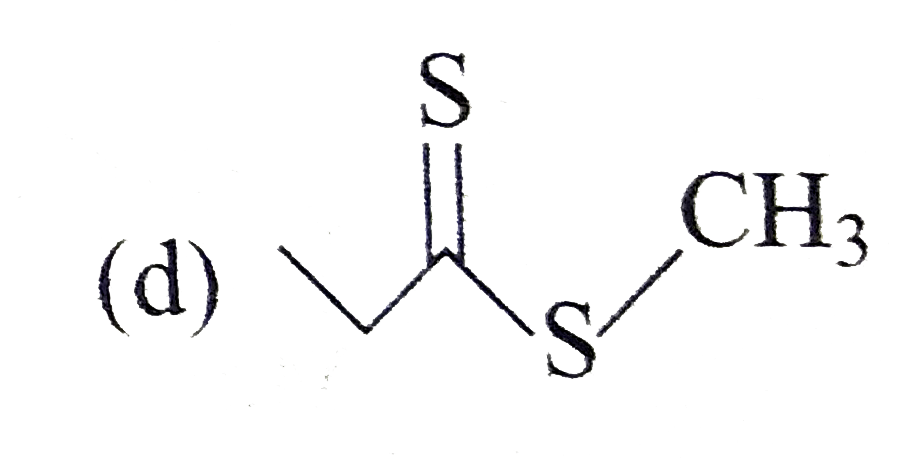

Identify the major products of the above reaction ?A B
B C
C D
D
Identify the major product of following reaction :
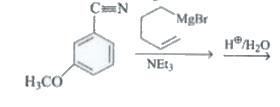 A
A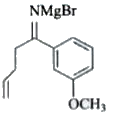 B
B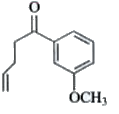 C
C DNo reaction
DNo reaction
Identify the major product of following reaction :

View SolutionIdentify the major product of following reaction :

View SolutionIdentify the major product of following reaction:
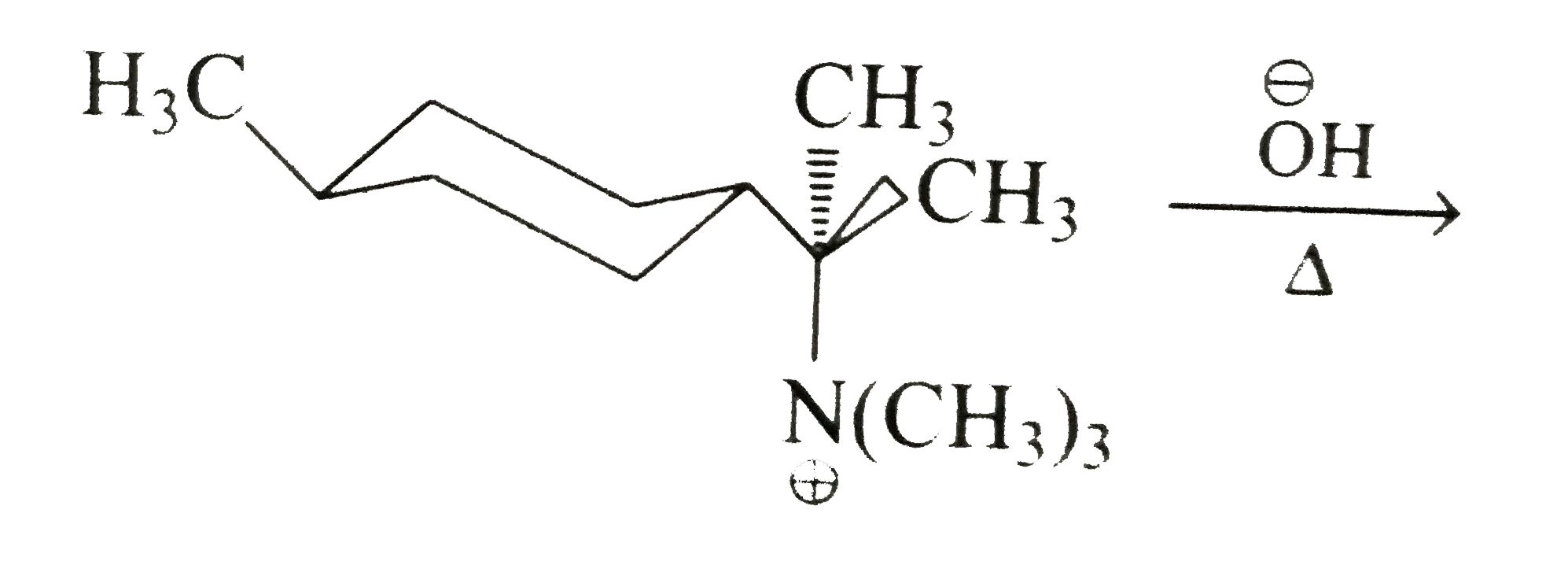
View SolutionIdentify the major product of following reaction :

View SolutionIdentify the major product of following reaction :

View Solution

